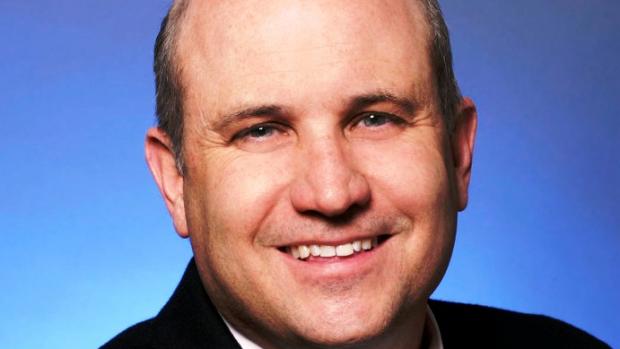As HP launch a new range of products aimed at SMEs we talk to George Brasher about how HP keep innovation at the heart of what they do.
What’s your current role within HP?
I work with the customers and partners in both the UK and Ireland, and I am responsible for all consumer and commercial printers and PCs, mobile devices, workstations, thin clients, services, solutions and go-to-market activities, for the UK and Ireland.
You’ve been in this role for two years, what change have you seen over that time?
I think the big change to happen over the course of the last few years has been that HP separated into two publicly traded companies. HP had a very broad portfolio from ink cartridges all the way through to complicated outsourcing. Then about a year and a half ago our board decided to separate the two companies; one which would retain the HP brand, and this is the one that I lead and a second called Hewlett Packard Enterprise that focuses on enterprise, and things like servers, storage and networking. Sot his led to us becoming separate entities throughout the world, and we actually achieved this around three months ahead of our timeframe.
I think the biggest change was creating separate boards and managing the teams through the separation. It was a combination of making the right decisions through this time whilst making sure that we remained focused on the drive.
How do ensure that innovation stays at the heart of what you do?
As a smaller team we are really able to focus on innovation.
I think what you are now seeing in terms of product over the last six months is far greater than anything we’ve done before, and I’ve been with HP for 25 years.
We’ve come out with some great mobile products like the HP X2 (a 2-in-1 laptop/ tablet) and the X3, a new smartphone/tablet device. Our clients are at the heart of innovation for us. Instead of carrying multiple devices like laptops, tablets, and phones we’ve worked hard to create products that can serve as all of these.
For me, you always need to look at action and outcomes. For us the pace of innovation has increased, the quality of innovation has increased and the real output has also increased.
How do you foster a culture of innovation?
Our CEO explains this well using the analogue of surfing.
When you’re surfing you have to be look at the waves around you and you have to make sure you’re riding those well. But, at the same time you need to be aware at what is coming up. It’s the same with innovation. We are constantly looking at the products that we are working on, but also looking further in to the future you’re on to me for your bride as well.
In terms of how this transfers to the business, you’ve also got to make sure you’re working on your current solution or product but you’ve also got to look at what’s coming down the road and you’ve got to make sure you are constantly innovating and being disciplined in this approach.
We are constantly looking at things like our products and commercial mobility but then towards what we call the third wave, which is really those future technologies that although they are more data orientated they’re clearly going to grow and affect our business.
What barriers do you see SMEs facing when it comes to innovation?
I’m don’t think I would describe it as a hurdle but, whether you are big or small you need to be thinking about your customers.
As long as your focus is on your customers, looking at what makes up your customer base, and what their needs are. Whether you are bringing a product to them directly or partnering with a third party, think about the technology that they need and how you can provide that.
I think if that’s your focus innovation will naturally become part of that mindset.
How has 3D printing changed your business?
3D printing is really part of our future strategy, and something we believe is going to be a significant market.
We’ve already come out and announced our first round of products around 3D printing. In the next six months we are looking at bringing some breakthrough products to the market, with faster speeds and better qualities and lower costs.
I believe its going to be ground breaking and we are concentrating on the prototype and production market.
If you look at SMEs today, scale can get in the way. They need to have that capital to produce their products, however, when you bring in 3D printers into the equation you are going to be able to manufacture on a much lower capital budget, whilst maintaining the quality and even produce your products at a faster speed.
What’s next?
People are changing their technology requirements and buying behaviour. In the years gone by you would see individuals going out and buying a computer, printer, and ink cartridges and they would restock as and when they needed. We now live in an on demand society and we’ve had to cater for that. Whether it’s ink or 3D printing our customers are able to sign up to our maintenance and service plans and using IoT we can monitor their devices and make sure that never run out of supplies. It’s another way of innovating that’s making it cheaper (up to 70%) and more convenient for the SMEs that we are working with.
Seeing how people are working and how their needs are changing is a major driver for us and I think will continue to be in the future.


